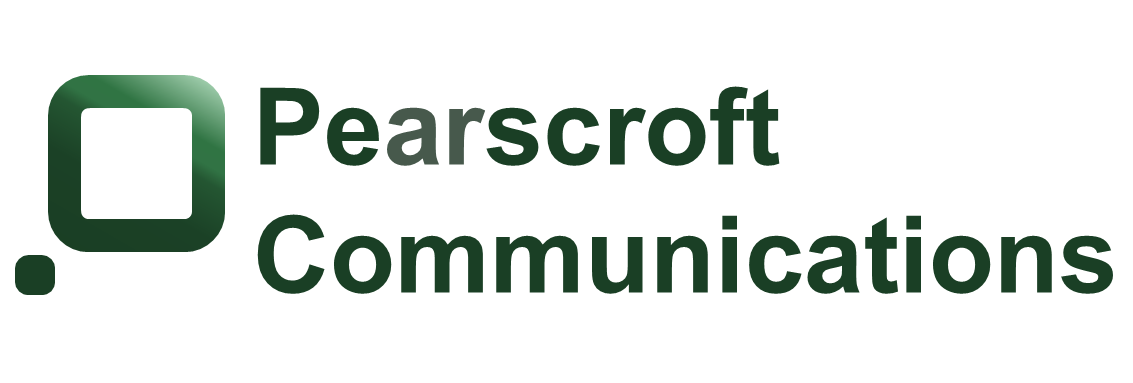
Pearscroft Communications

At Pearscroft Communications, we believe the key to effective corporate communication lies in crafting the right message and getting it in front of key decision makers. Whether you need to communicate with the media, your customers, or internal stakeholders, we can help you craft the right message and deliver it in the most effective way possible.

Penned by Christopher Zahn for Pearscroft Communications
Christopher Zahn
Managing Director
christopher@pearscroftcommunications
Still in the frontier era of artificial intelligence (AI), every week brings either a revolutionary advancement or an alarming ethical concern around the implementation of AI. Nevertheless, AI is now ingrained in public consciousness and takes a leading position in public discourse. Is this on par with the invention of the internet, set to bring society into the next digital era, or are we opening a pandora’s box of yet unknown consequences?
Regardless, the “use of AI” is no longer a theoretical concept, it’s a reality that modern business and wider society must reckon with. Given the relative infancy of technology and the subsequent fear surrounding the unknown, the future consequence, it’s imperative to explore the role of trust in AI and how we build this trust as a society. Let’s delve deeper into this concept.
The AI Paradox
The impact of AI on modern business and society overall is undeniable. For context, DeepMind’s AlphaFold 3 can now predict not only the structure of any protein, but how proteins interact with DNA, RNA, and potential drug compounds — accelerating breakthroughs in life sciences. AI is helping optimise global energy use, streamlining logistics, improving weather prediction, and automating dull, repetitive work like data entry and administrative tasks. In creative industries, AI is increasingly embedded into workflows, from designing graphics to drafting emails.
However, for every announcement broadcasting the wonders and capabilities of AI, a contradictory headline will appear, sending a chill down our collective spines. AI-generated phishing attacks that are indistinguishable from human-written messages. Voice cloning scams that sound like a family member in distress. Deepfake videos that can spread misinformation during an election year. Although rare, these negative examples can’t be ignored and inspire distrust.
Legislative Lag
With this in mind, governments are now scrambling to design legislation to keep up with the rapid pace of advancement. The Australian government announced the national framework for the assurance of artificial intelligence in government in late 2024.
Further afield, the EU’s landmark AI Act, formally adopted in 2024, introduces strict risk-based regulation and will begin to take effect in stages by 2026. In the US, OpenAI’s Sam Altman testified before Congress, and the company’s brief leadership crisis later that year highlighted the importance of governance in the development of advanced systems. Nevertheless, powerful new generative AI models are continually updated and widely available to the public, meaning the barriers to misuse are minimal to insignificant. This in and of itself causes widespread distrust.
Inspiring Trust
Despite the perceived risk and the legislative lag, it looks like AI is here to stay, at least for the foreseeable future. The legislation will catch up and AI will be more ingrained in business than ever. Hence, its time to embrace the AI revolution and think about how the technology can inform strategy. Business leaders and stakeholders want clarity. If they believe that important work has been delegated to less than transparent systems known for bias, unreliability or uncalculated risk, they’ll take their trust elsewhere. But organisations that can demonstrate how they’re using AI to push productivity responsibly will have the edge. But how do we build that all important trust?
The answer lies in the inherent credibility built through earned and owned media. From articles in respected trade publications to inspired LinkedIn posts, leveraging the power of media will separate the thought leaders from the laggards and the followers. Coming forward now and communicating a clear, transparent and human led vision around how AI should and will be used will not only reassure audiences but lead conversations.
Our current reality is an extraordinary time of AI frontiering. The rules are being rewritten, and this presents a remarkable opportunity to emerge as a thought leader.
To better understand how to position yourself or your company as a thought leader, contact us at [email protected]
